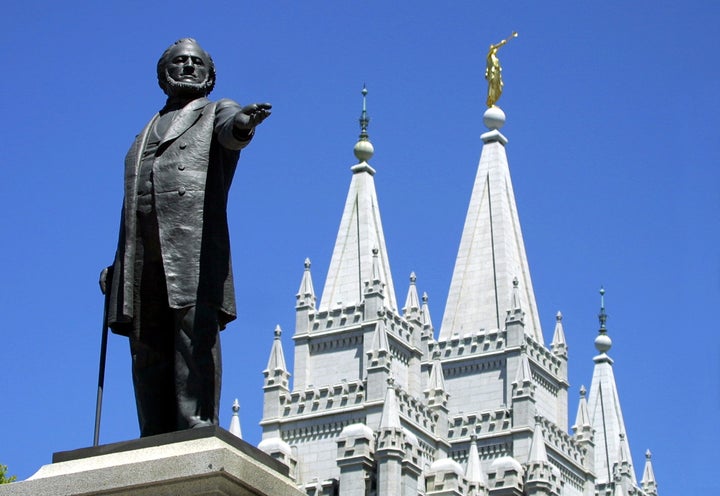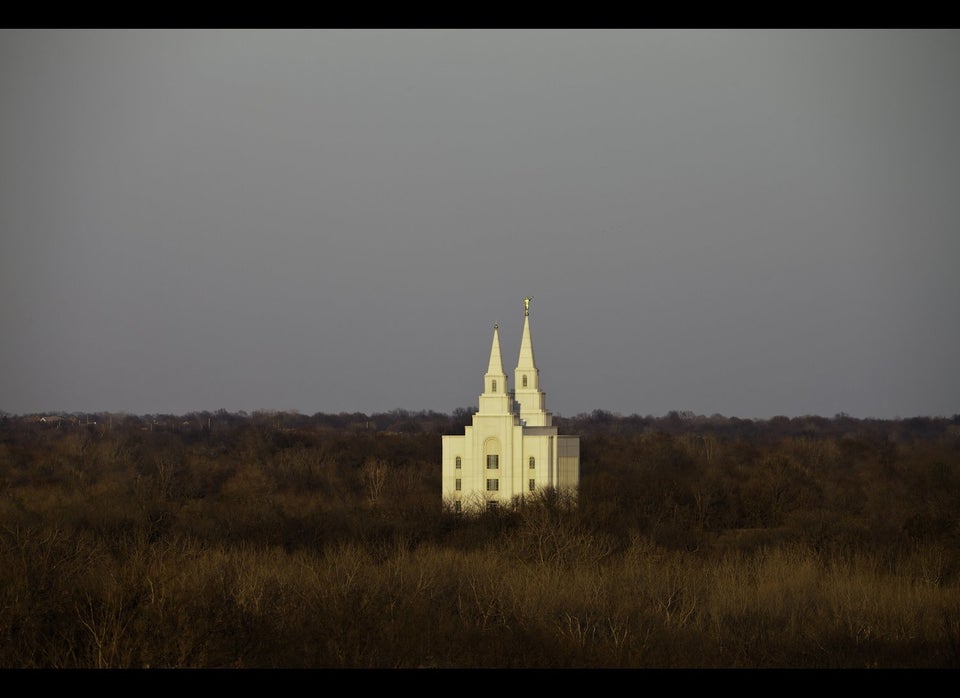
Pioneer Day is one of the most important dates on the calendar for members of The Church of Jesus Christ of Latter Day Saints, also known as Mormons. It is an official state holiday in Utah, where the church is based, although it is often marked by Mormon communities outside of the state. Pioneer Day is celebrated yearly on July 24.
In February 1846, members of the budding LDS movement fled from their homes in Nauvoo, Illinois as a result of religious persecution and harassment. This was the beginning of a 1,300-mile and nearly 18-month trek into the uncharted American West. Led by Brigham Young, successor to the faith’s founder, Joseph Smith, the Mormon pioneers were seeking a new place to peacefully practice their faith.
The journey was long and difficult, and living conditions were harsh. According to the LDS church, the pioneers were plagued by illnesses, and many people died along the way.
A group of pioneers was sent on ahead to scout ahead for possible settlement areas. They arrived in Utah’s Great Salt Lake Valley between July 21 and 24, 1847.

In this image provided by the Utah State Historical Society, Mormon pioneers trudge across the Western Plains a hundred years ago in their epic handcart march depicted in this sculpture by Torlief Knaphaus. With all their belongings piled on the specially built handcarts, men women and children traveled more than 1,300 miles from Iowa City, Iowa to the Mormon center in Utah. They were converts to the Latter-day Saints (Mormon) Church.
According to church tradition, Young immediately recognized that this was the place where the pioneers would build a home. He said:
I ascended and crossed over the Big Mountain . . . so that I could have a view of a portion of Salt Lake Valley. The Spirit of Light rested upon me and hovered over the valley, and I felt that there the Saints would find protection and safety.

A statue of Brigham Young outside of the Salt Lake City Temple.
By the end of the year, about 2,000 pioneers had settled in the valley. As Mormon missionaries spread the word about this newly formed Zion, more settlers came in from across America and even from England. By 1850, there were 11,380 settlers in Utah Valley.
In Salt Lake City, Mormons mark the day by remembering the hardships and perseverance of the church’s early pioneers. They attend sunrise services, parades, fireworks and musical performances by the renowned Mormon Tabernacle Choir. Many also don period clothing and walk part of the route traced by the early Mormons.
Holly Welker, a Salt Lake City-based writer and a descendent of some of Mormon pioneers, believes the story of the church’s trek to the new Zion has “left an indelible mark on the collective Mormon psyche.”
I am proud of and humbled by the actions of my ancestors. They abandoned the familiar and strode bravely into the unknown, confident that doing so would enable a better future. They gave up possessions, relationships that no longer nurtured them, ideologies they had outgrown. They did the hardest thing they could, both because they could and because they had no other choice.
Related on HuffPost:

